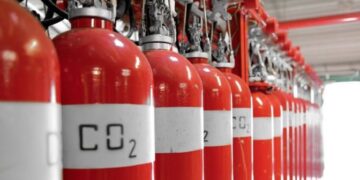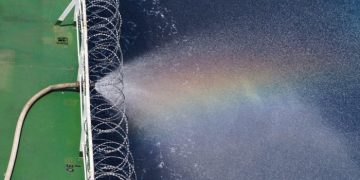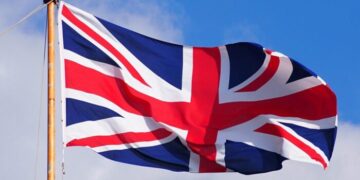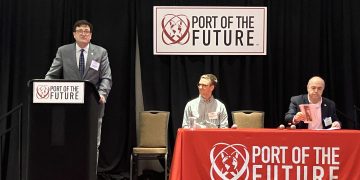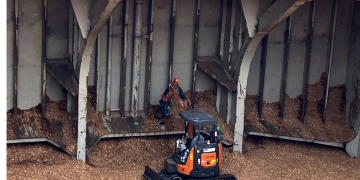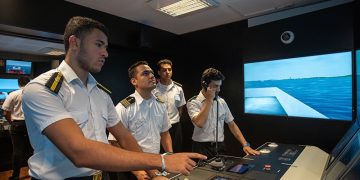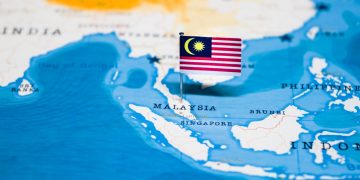California Governor Brown signed into law AB 1312 amending the state’s Marine Invasive Species Act. The State Lands Commission (SLC) issued a letter summarizing the measure, which takes effect on 1 January 2016.The Marine Invasive Species Act, which generally applies to all vessels carrying or capable of carrying ballast water into the coastal waters of the state after operating outside of the coastal waters of the state and to all ballast water and associated sediments taken on a vessel, imposes specified requirements on the master, owner, operator, or person in charge of one those vessels to minimize the uptake and release of nonindigenous species. The act requires the State Lands Commission to adopt regulations governing ballast water management practices for vessels arriving at a California port from a port outside of the Pacific Coast Region, as defined.This bill would define the term “port” for purposes of the act to mean any port or place in which a vessel was, is, or will be anchored or moored, or where a vessel will transfer cargo. The act requires the master, owner, operator, agent, or person in charge of a vessel carrying, or capable of carrying, ballast water, that visits a California port, to provide ...
Read more




